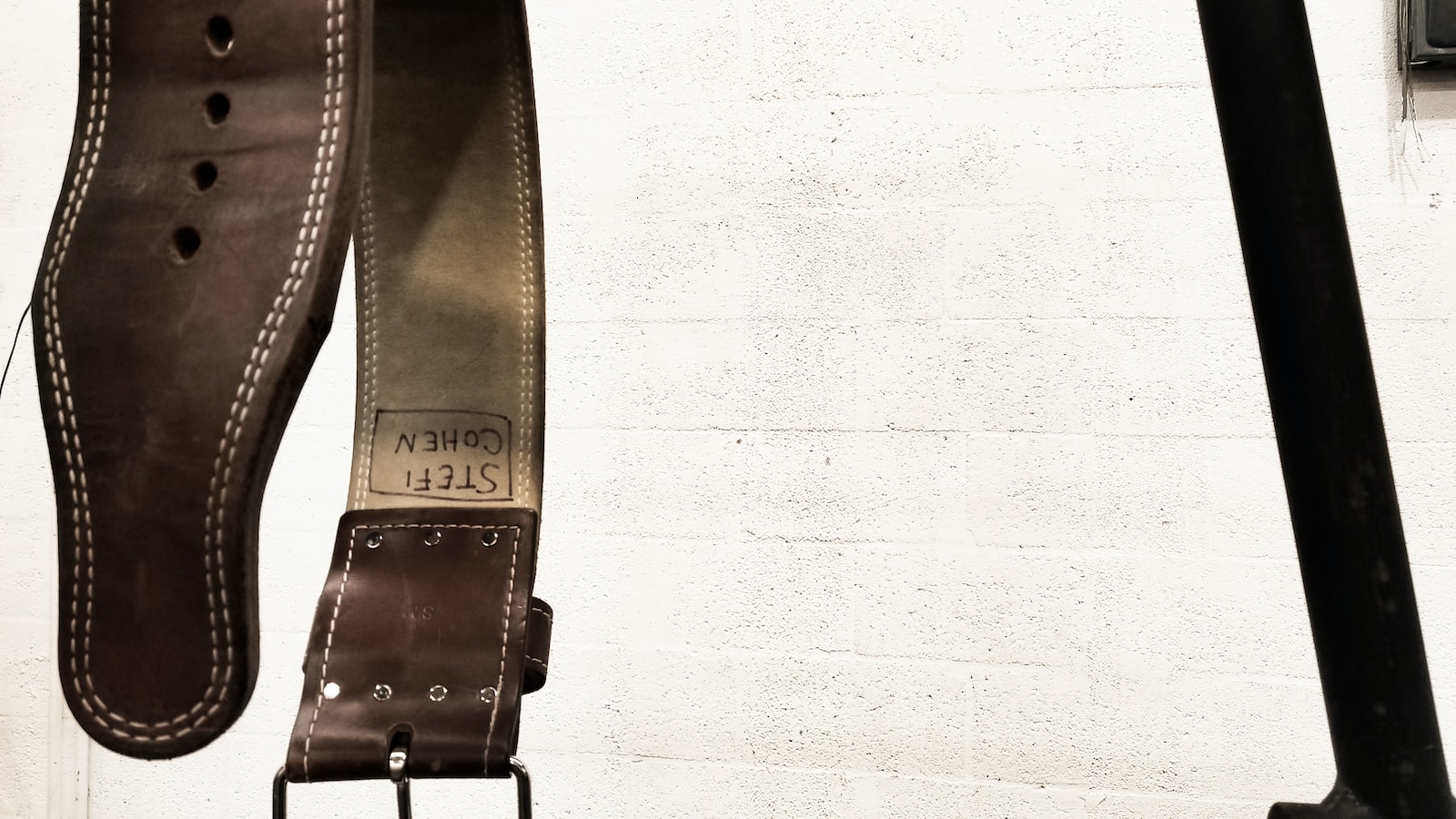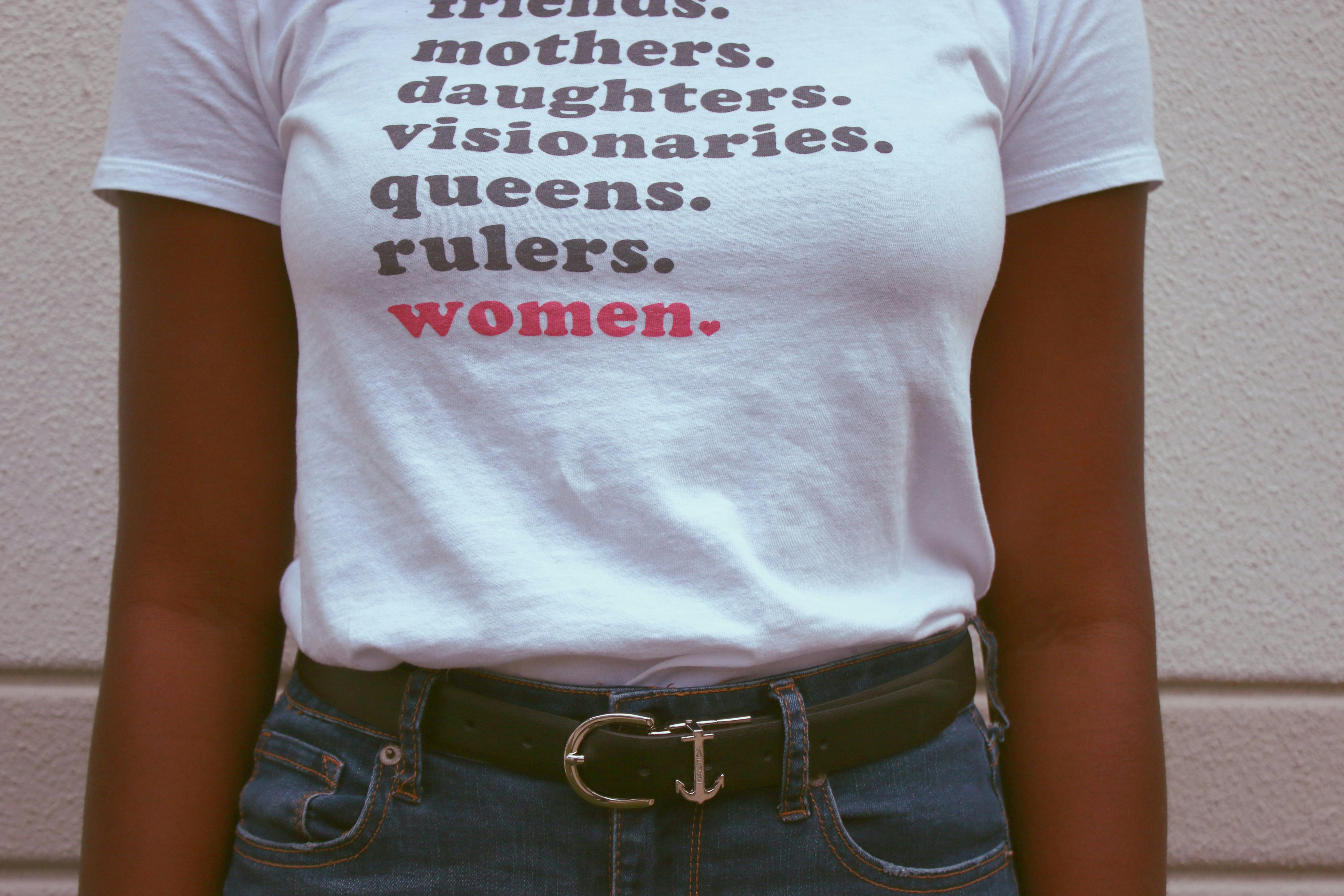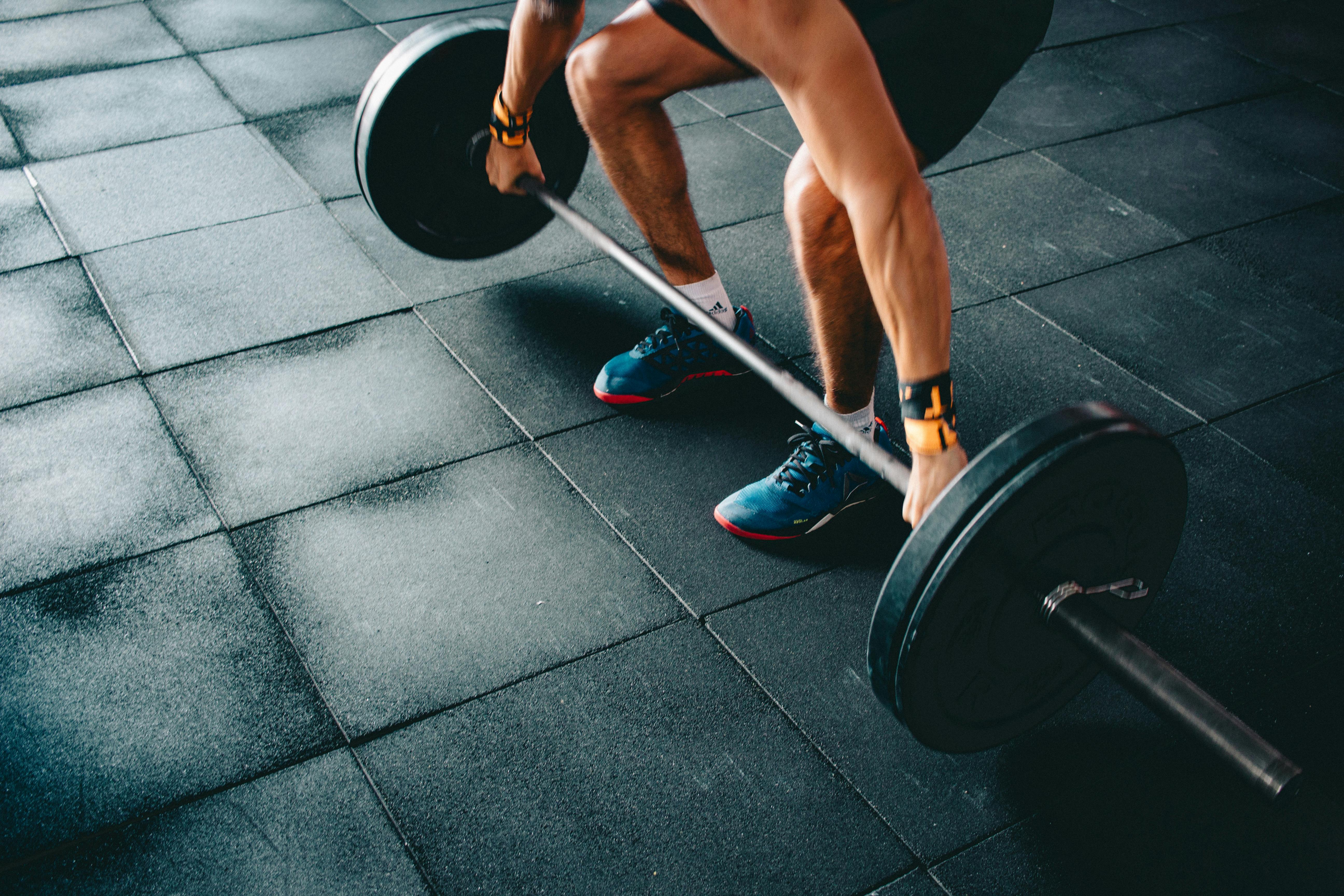How To Wear A Lifting Belt

A lifting belt can be a useful tool for weightlifting, powerlifting, and other strength training exercises. Wearing a lifting belt properly can help protect your spine and core muscles, as well as improve your form when lifting heavy weights. This guide will explain how to wear a lifting belt to ensure the best results.A lifting belt is a type of belt commonly worn by weightlifters and other athletes during strenuous physical activity. It is designed to provide additional support to the lower back and abdominal muscles, helping to reduce the risk of injury while lifting heavy weights. The belt also helps to keep the spine in proper alignment, providing a stable base from which the athlete can lift.
How to Choose the Right Lifting Belt
Choosing the right lifting belt for your fitness goals can be a difficult task. In order to ensure that you get the best possible results, it’s important to understand the various types of belts available, and how they can help improve your performance. Here are some tips on how to choose the right lifting belt for your needs.
Consider Your Level of Strength
When choosing a lifting belt, it is important to consider your level of strength and size. If you are a beginner, then you will likely want a thinner belt that is more flexible and comfortable. If you have more advanced strength levels, then a thicker and sturdier belt may be necessary. Additionally, make sure you select a belt that fits comfortably around your waist without being too tight or too loose.
Think About the Material
The material of your lifting belt is also important when making your selection. Leather belts are generally considered to be the most durable and reliable option, but they can be expensive and require more maintenance than other materials. Nylon belts are typically less expensive than leather belts, but they may not provide as much support or protection as their leather counterparts. Finally, neoprene belts are lightweight and breathable, but they may not offer as much support as other materials do.
Choose Quality Over Price
When choosing a lifting belt, it is best to choose quality over price. Even though cheaper belts may seem like a good idea at first glance, they may not last as long or offer as much support as higher-quality belts do. Additionally, higher-quality belts tend to come with better warranties so that if something does go wrong with them after purchase, you can get them replaced or repaired quickly and easily
The Benefits Of Wearing A Lifting Belt
Lifting belts are often used by weightlifters and bodybuilders to help support their lower back during heavy lifts. They can provide a number of benefits, including improved form, increased stability and protection for the lower back. Here are some of the main benefits of wearing a lifting belt:
Improved Form
A lifting belt provides extra support for the lower back, helping to stabilize it while performing exercises such as squats or deadlifts. This improved stability can help a lifter maintain proper form, preventing them from rounding their back or straining their muscles. This helps to reduce the risk of injury and allows them to lift heavier weights safely.
Increased Stability
A lifting belt can also help provide increased stability during heavy lifts. This is especially beneficial when doing exercises such as squats or deadlifts that require a large amount of balance and control. The extra support provided by the belt can help lifters maintain proper form while lifting heavier weights.
Protection For The Lower Back
The main benefit of wearing a lifting belt is that it provides extra protection for the lower back. The added support provided by the belt helps protect against strain and injury while performing heavy lifts, allowing lifters to lift heavier weights without risking serious injury.
By providing improved form, increased stability and protection for the lower back, lifting belts can be an effective tool for weightlifters and bodybuilders who are looking to maximize their performance in the gym.
How To Wear A Lifting Belt
Wearing a lifting belt is an important part of the weightlifting process. Not only does it help protect your back and core muscles, but it also helps you lift heavier weights for longer periods of time. But before you can start using a lifting belt, you need to know how to wear it correctly. Here are some tips on how to wear a lifting belt properly.
The first thing you need to do is measure your waist. This will help you find the right size of belt for your body. To get the most out of your belt, it should fit snugly around your waist without being too tight or too loose.
Once you have the correct size, put the belt around your waist and make sure it’s evenly distributed. The belt should fit comfortably around your waist and not be too tight or too loose. You want it to be secure but not so tight that it restricts movement or causes discomfort.
Next, you want to make sure the buckle is secured correctly. Most weightlifting belts have two buckles: one to fasten the belt and one to secure it in place while lifting heavy weights. Make sure both buckles are securely fastened so that the belt won’t move around while you’re lifting weights.
Finally, adjust the tension of the belt as needed. You want it to be snug enough that it provides support and stability while lifting heavy weights but not so tight that it restricts movement or causes discomfort during exercise sessions.
By following these steps, you can ensure that you are wearing your weightlifting belt correctly and safely so that you can get maximum benefit from each workout session!
When To Wear A Lifting Belt
Lifting belts are an important accessory for weightlifters, powerlifters and strongmen alike. Wearing a lifting belt can help to improve your overall performance and reduce the risk of injury. But when is the best time to wear a lifting belt?
The best time to wear a lifting belt is when you are performing compound exercises like squats, deadlifts, overhead presses and bent-over rows. These exercises involve multiple muscle groups and put a lot of strain on your back, so using a belt will give you extra support and stability.
You should also consider wearing a belt during sets with heavy weights or high reps. If you’re doing sets with weights that are close to your one-rep max, you should definitely consider using a belt as it will help you maintain proper form and keep your back safe. Similarly, if you’re doing high-rep sets that involve multiple muscles then having the extra support of a belt can be beneficial.
It’s important to note that wearing a lifting belt can become uncomfortable after extended periods of time. If you’re doing workouts that involve lighter weights or higher reps then it’s probably best to not wear the belt as it won’t really serve any purpose. You should also take off the belt if you feel any discomfort or if your breathing is restricted.
In summary, wearing a lifting belt is beneficial when performing compound exercises with heavy weights or high reps as it provides additional support for your back and helps to improve overall performance. However, if you’re doing light weight exercises or higher rep sets then it’s probably best not to wear the belt as it can become uncomfortable after extended periods of time.

Properly Sizing Your Lifting Belt
Finding the right size lifting belt is essential for safety and performance. A belt that is too big or too small can cause discomfort and hinder your form. To ensure that you are getting the proper size, follow these steps:
Measure your waistline in inches. Take the measurement at the narrowest point, just above your hip bones. This measurement will be used to determine the size of your belt.
Choose a belt that is two to three inches larger than your waist measurement. It should fit comfortably around your waist but not be so tight that it restricts movement or breathing.
Try on the belt if possible. Make sure you can easily fit a finger between the belt and your body, as this will help ensure proper fit and comfort when lifting.
Adjust the buckle of the belt to customize the fit. If you are using a lever-style buckle, make sure it is secure and not too tight or loose on your waist. The belt should be snug but not too tight, as this can restrict movement and breathing during exercise.
Once you have found the right fit for your lifting belt, take care of it so it lasts longer. Store it in a dry place away from direct sunlight to avoid wear and tear from exposure to UV rays or moisture damage caused by humidity levels in the air.
Weightlifting Belts
Weightlifting belts are essential pieces of equipment for any serious weightlifter. They help support the spine and core, protect against injury, and can even help improve your lifting form. There are a variety of different types of weightlifting belts to choose from, depending on your needs and preferences. Let’s take a look at some of the most popular types.
Leather Belts
Leather belts are the most classic style of weightlifting belt, and for good reason. Leather is strong and durable, so it can withstand heavy lifting without stretching or tearing. It also provides great support for the spine and core. The biggest downside to leather belts is that they can be quite stiff and uncomfortable at first, so you might want to break yours in before using it for heavy lifting sessions.
Nylon Belts
Nylon belts are becoming increasingly popular among weightlifters who prefer more flexibility in their belts. Nylon is lightweight and flexible, which makes it much more comfortable to wear than leather. It also has excellent breathability, so you won’t have to worry about getting too sweaty during your workouts. The only downside is that nylon isn’t as durable as leather, so you may need to replace it more often if you’re a frequent lifter.
Velcro Belts
Velcro belts are great for those who don’t want to fuss with buckles or straps when putting on their weightlifting belt. They fasten quickly and easily with Velcro straps, which makes them ideal for busy lifters who don’t have a lot of time to spare during their workouts. The downside is that Velcro doesn’t provide as much support as other materials, so it’s not ideal for heavy lifting sessions.
Powerlifting Belts
Powerlifting belts are designed specifically for powerlifters who need extra abdominal support during heavy lifts like squats or deadlifts. These belts usually feature an extra-wide design and thicker padding than regular weightlifting belts to provide optimal back and abdominal support during maximum lifts. They’re also made from thicker materials like leather or nylon-reinforced fabric so they won’t stretch or tear under pressure.
No matter what type of belt you choose, make sure that it fits comfortably around your waist and provides enough support without being too restrictive or uncomfortable. And always remember to use proper form when lifting weights!
Wearing a Lifting Belt
When it comes to weightlifting and powerlifting, wearing a lifting belt is an important part of the process. Not only does it provide support to your lower back, but it can also help to improve your overall lifting performance. There are some best practices that you should follow when wearing a lifting belt, and here are some of the most important ones:
1. Wear the belt snugly around your waist, not too tight or too loose. It should fit comfortably around your waist and allow you to move freely while still providing the necessary support.
2. Make sure that the belt isn’t too thick or bulky. A thicker belt can be difficult to maneuver while performing certain exercises and can be uncomfortable as well.
3. Choose a belt that is made from quality materials such as leather or nylon. These materials will provide more support than cheaper alternatives such as polyester or cotton belts.
4. Avoid wearing the same belt for every exercise routine you do—it’s best to have several different belts depending on what type of exercises you are doing.
5. Always take off your lifting belt after each workout session—this will help preserve its shape and condition for longer use.
Following these best practices for wearing a lifting belt can help ensure your safety while improving your performance in the gym. With the right fit and material, you’ll be able to get more out of your workouts without having to worry about any potential injuries due to improper use of the belt!

Conclusion
A lifting belt can be a great tool to help prevent injury and increase maximum performance while lifting. It is important to wear a properly fitting belt and adjust the tightness, as well as the type of belt, depending on the type of exercise being performed. It is best to start with a lighter weight and gradually increase the intensity to avoid overexerting your back muscles. Lastly, it is important to listen to your body and if you experience any pain or discomfort, stop immediately.
Wearing a lifting belt can be an effective way to boost your performance and reduce the risk of injury while weightlifting. Following these guidelines can help ensure that you are using your lifting belt properly and safely in order to get the most out of your workout.
